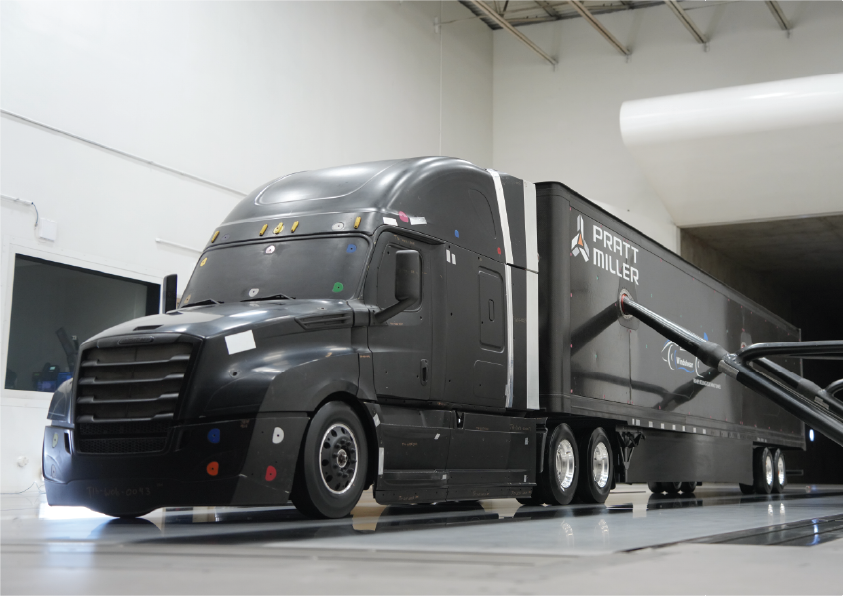
3D printing has revolutionized and significantly transformed composite materials, particularly carbon fiber. This innovative material, known for its lightweight, high-strength, and stiffness, has sparked a wave of excitement in industries striving to push the boundaries of innovation. The fusion of carbon fiber with 3D printing technology has unlocked new possibilities in manufacturing, prototyping, and product design, inspiring a new era of creativity and efficiency.
This blog post will explore how 3D-printed carbon fiber revolutionizes various industries.
What is 3D Printed Carbon Fiber?
There are two kinds of carbon fiber used in 3D printing:
- Continuous carbon fiber has long strands that enhance strength, making it ideal for producing airplane and automotive components.
- Chopped carbon fiber consists of small pieces mixed into the printing material, resulting in stronger and lighter parts than those made from regular materials. This technique is beneficial for creating items such as tools and models.
Using carbon fiber allows for producing intricate shapes and detailed designs that were previously difficult or impossible to achieve, inspiring engineers and designers to push the boundaries of what’s possible.
What are the benefits of 3D-printed carbon fiber?
Carbon fiber that is 3D printed is a strong alternative to traditional materials like metals, plastics, and injection molding materials.
Strength and Stiffness
3D-printed carbon fiber parts are more substantial and stiffer than regular plastics like ABS or PLA. Adding this material makes these parts more durable, especially in harsh conditions where standard plastics may not work well. For instance, carbon fiber composites often meet or exceed the strength needed for high-stress parts, making them a good alternative to metals in some cases.
Remember that the strength of carbon fiber parts is primarily directional. They are stronger along the direction of the printed layers. While they are better than most plastics, they may not be as strong as metals like steel or aluminum in every direction. Understanding this directional strength is essential for designing and using 3D-printed parts.
Weight-to-Strength Ratio
3D-printed carbon fiber has a tremendous weight-to-strength ratio. It is much lighter than metals like aluminum or steel, but it is just as strong. Making it perfect for industries like aerospace and automotive, where keeping weight down is essential for better performance and efficiency.
Geometric Flexibility
3D printing with carbon fiber is more flexible than creating carbon fiber parts using traditional molds. This printing method allows us to make complex shapes and detailed designs that are hard or impossible to develop with regular molding techniques. This flexibility opens up new options for custom and improved designs.
Heat Resistance and Durability
Carbon fiber composites are strong and resist heat well, making them great for high-temperature environments. They perform better than traditional thermoplastics, which can bend or break down under similar conditions.
Cost and Accessibility
3D-printed carbon fiber costs less than traditionally molded carbon fiber because it creates less waste and takes less time. However, it is still more expensive than standard 3D printing materials like PLA or ABS. Additionally, this printing type requires special printers and equipment, which can increase the initial costs.
Surface Finish and Aesthetic Quality
Metals and molded carbon fiber usually have a smoother surface finish than 3D-printed carbon fiber. Because of 3D printing’s resolution limits, post-processing improves the surface quality of the final parts.
A Few Applications of 3D Printed Carbon Fiber
Here are several industries and applications where this technology is making a significant impact:
Aerospace and Aviation
The aerospace industry needs strong and lightweight materials to improve performance and efficiency. One excellent option is 3D-printed carbon fiber, which is strong and light.
Aircraft Parts
Engineers use 3D-printed carbon fiber to make parts like brackets, panels, and ducting for aircraft. These parts are lighter but still firm, which helps improve aerodynamics and lower costs.
Satellite Structures
For space exploration, engineers build lightweight carbon fiber satellite structures. These structures allow satellites to handle harsh space conditions while keeping their weight down. Lighter satellites save fuel and increase the chances of mission success.
Drones
More uncrewed aerial vehicles (UAVs) use 3D-printed carbon fiber in their frames and propellers. This lightweight material helps drones fly longer and carry heavier loads, making them more efficient for aerial photography and surveillance tasks.
Automotive
Reducing the weight of vehicles is essential for improving fuel efficiency and acceleration. One effective method is using 3D-printed carbon fiber, which has several benefits:
Custom Parts
3D printing allows manufacturers to create prototypes and custom replacement parts quickly. This technology makes it easier to design complex shapes that are hard to produce using traditional methods. It ensures that parts fit specific vehicle models perfectly.
Performance Upgrades
Lightweight parts made from carbon fiber can greatly enhance high-performance vehicles. Automakers use this material for suspension parts, body panels, and steering wheels. These lightweight upgrades improve handling, responsiveness, acceleration, braking, and overall agility on the road or track.
Electric Vehicles (EVs)
Weight reduction is crucial for electric vehicles, as it helps improve their driving range and efficiency. Lightweight battery housings made from 3D-printed carbon fiber lower the vehicle’s overall weight while protecting the battery cells. This improvement increases the driving range and energy efficiency, making electric vehicles more competitive with traditional gasoline-powered cars.

Sports and Recreation
Carbon fiber is a popular material for sports equipment because it is strong and lightweight. It is helpful in many ways. Here are some specific uses:
Bicycle Frames
Carbon fiber makes bicycle frames that are lightweight and aerodynamic. These features are essential for competitive cycling as they help riders go faster and perform better. Carbon fiber frames also absorb shocks well, which improves handling and efficiency on the road or track.
Sporting Gear
Manufacturers use carbon fiber to make high-performance sports equipment, such as tennis rackets, golf club shafts, and hockey sticks. The material is stiff and light, allowing players to hit the ball with more power and control. It also increases the equipment’s durability, which can withstand the challenges of competitive play.
Watercraft
Carbon fiber is a key component in canoes and kayaks. It is used for parts like paddles and hulls, creating lightweight and strong structures. It also helps improve speed and maneuverability on the water and reduces paddler fatigue.
Medical
3D-printed carbon fiber is valuable in medicine because it allows customized and safe components in the body. This material has many innovative applications:
Prosthetics
3D printing creates strong and lightweight prosthetic limbs, which help with both performance and comfort. Customization allows the limb to fit a person’s body and daily activities, improving movement and overall quality of life.
Orthotics
3D printing creates custom orthopedic braces and supports. These devices ensure a perfect fit for rehabilitation patients and provide targeted support and comfort, which helps make recovery more effective.
Surgical Tools
Using 3D-printed carbon fiber, we can create lightweight and precise surgical instruments. These tools are more manageable for surgeons to handle, leading to better results in surgery and less fatigue for doctors.
Manufacturing and Robotics
Manufacturing needs strong and reliable tools and parts. 3D-printed carbon fiber is essential for several uses:
Jigs and Fixtures
These tools are essential for assembly lines. They are lightweight and durable enough for repeated use. Their design helps improve workflow and reduce operator fatigue by ensuring accurate alignment and measurement during production.
Robotic Arms
Carbon fiber improves robot arms and joints. It is stiff yet lightweight, making robots more responsive and agile and allowing them to perform tasks like assembly, welding, and material handling more accurately and quickly.
End-Effectors
These attachments work directly with the products that robots handle. Lightweight grippers and special tools made from 3D-printed carbon fiber save energy and increase robot flexibility and effectiveness.
Renewable Energy
Carbon fiber is vital in renewable energy because it is strong, lightweight, and can handle harsh conditions. Its various uses help renewable energy systems work better and last longer.
Wind Turbine Blades
Carbon fiber creates lightweight and strong blades for wind turbines. Allowing for longer blades that capture more wind energy. As a result, wind turbines generate energy more efficiently, and the materials last longer without wearing out.
Solar Panel Frames
Carbon fiber frames are strong and protect against harsh conditions like UV rays, moisture, and temperature changes. This durability keeps solar panels secure and operating well for a long time, making solar energy systems more reliable.
Hydropower Components
Hydropower systems, including underwater turbines, use carbon fiber due to its excellent corrosion resistance. This property is particularly beneficial in water, where moisture and debris damage components. Utilizing carbon fiber allows these parts to operate efficiently for longer, requiring less maintenance and fewer replacements.
Consumer Electronics
The electronics industry is using 3D-printed carbon fiber for several purposes:
Device Enclosures
These enclosures protect laptops, smartphones, and tablets. They are lightweight and durable, helping to keep your devices safe from scratches, impacts, and everyday wear. The enclosures are sleek and portable, making them suitable for personal and professional use. They come in various styles and materials to ensure a good fit and easy access to all your devices.
FAQs
Yes, Prototek offers 3D printing of carbon fiber composites for high-strength, lightweight parts.
3D-printed carbon fiber has high strength and is durable.









